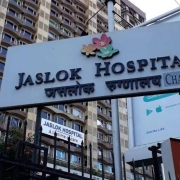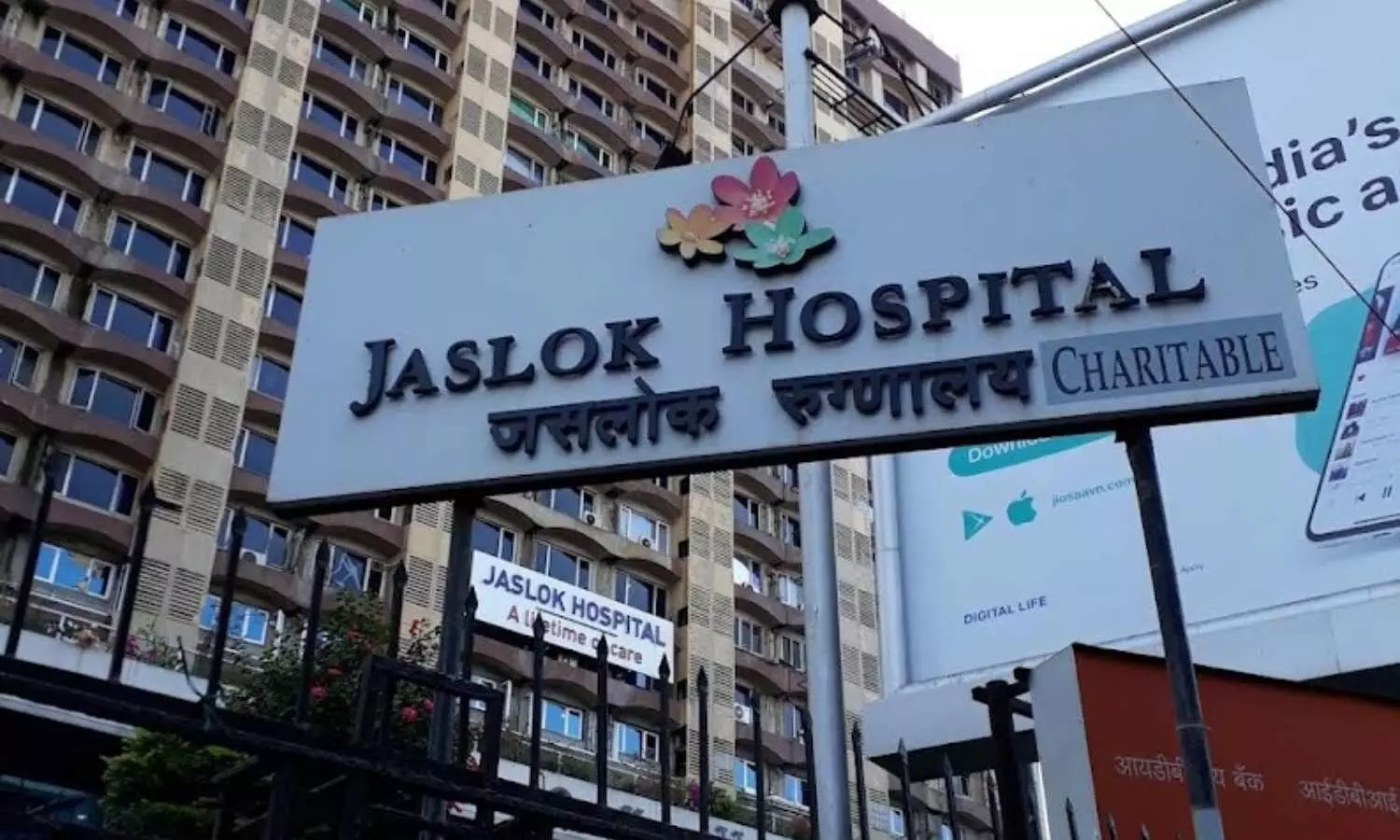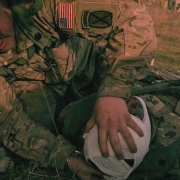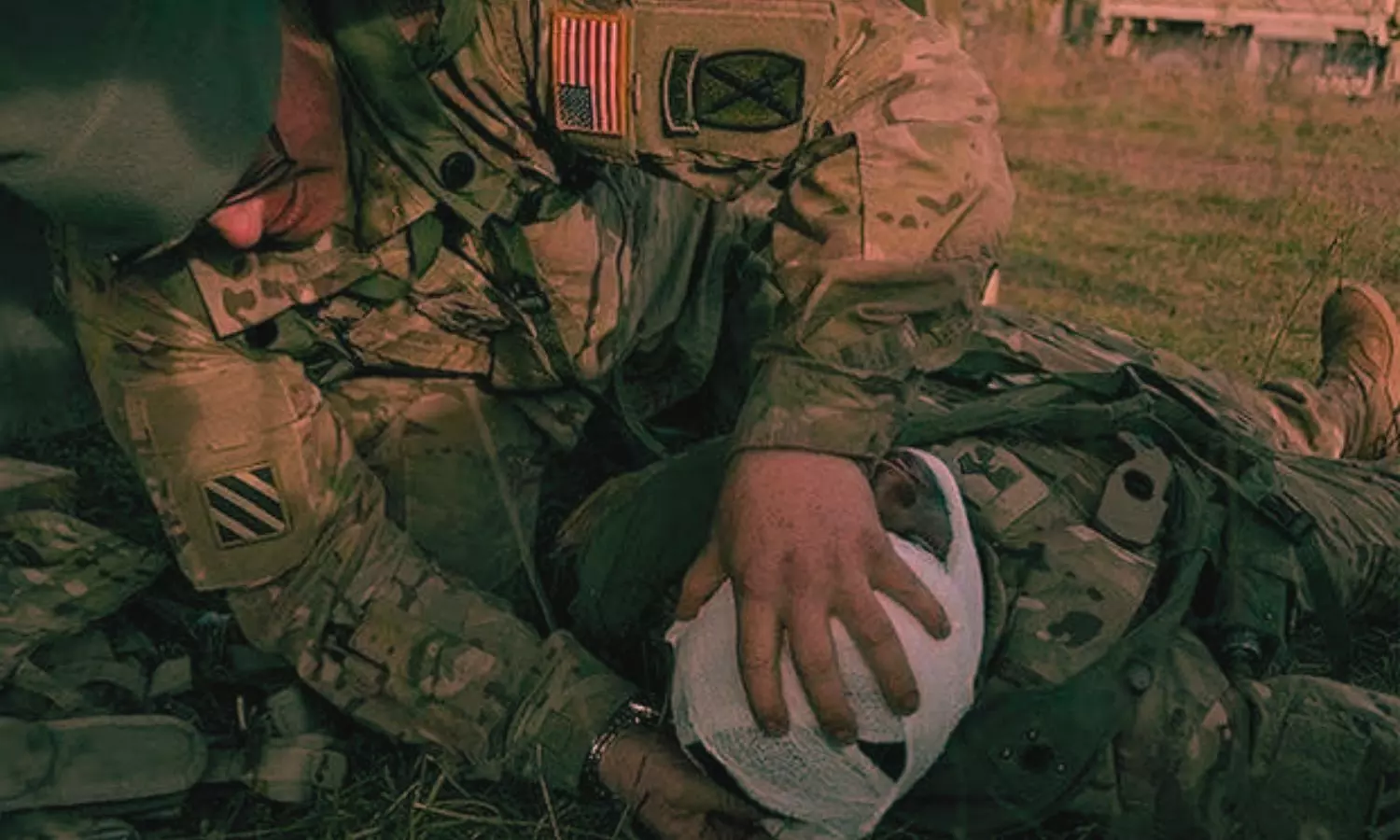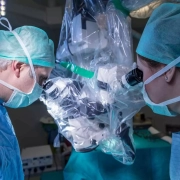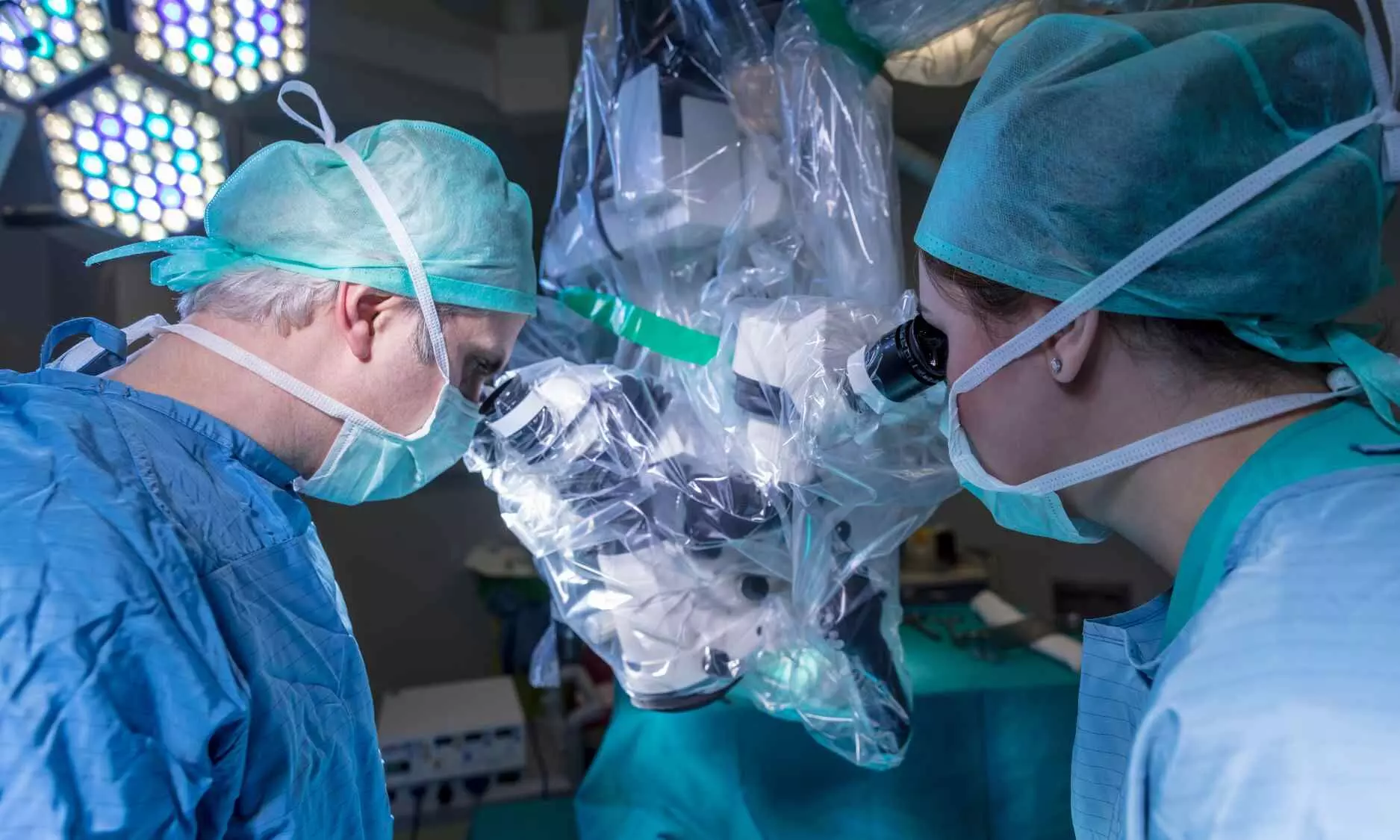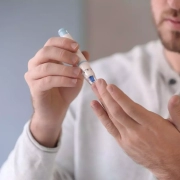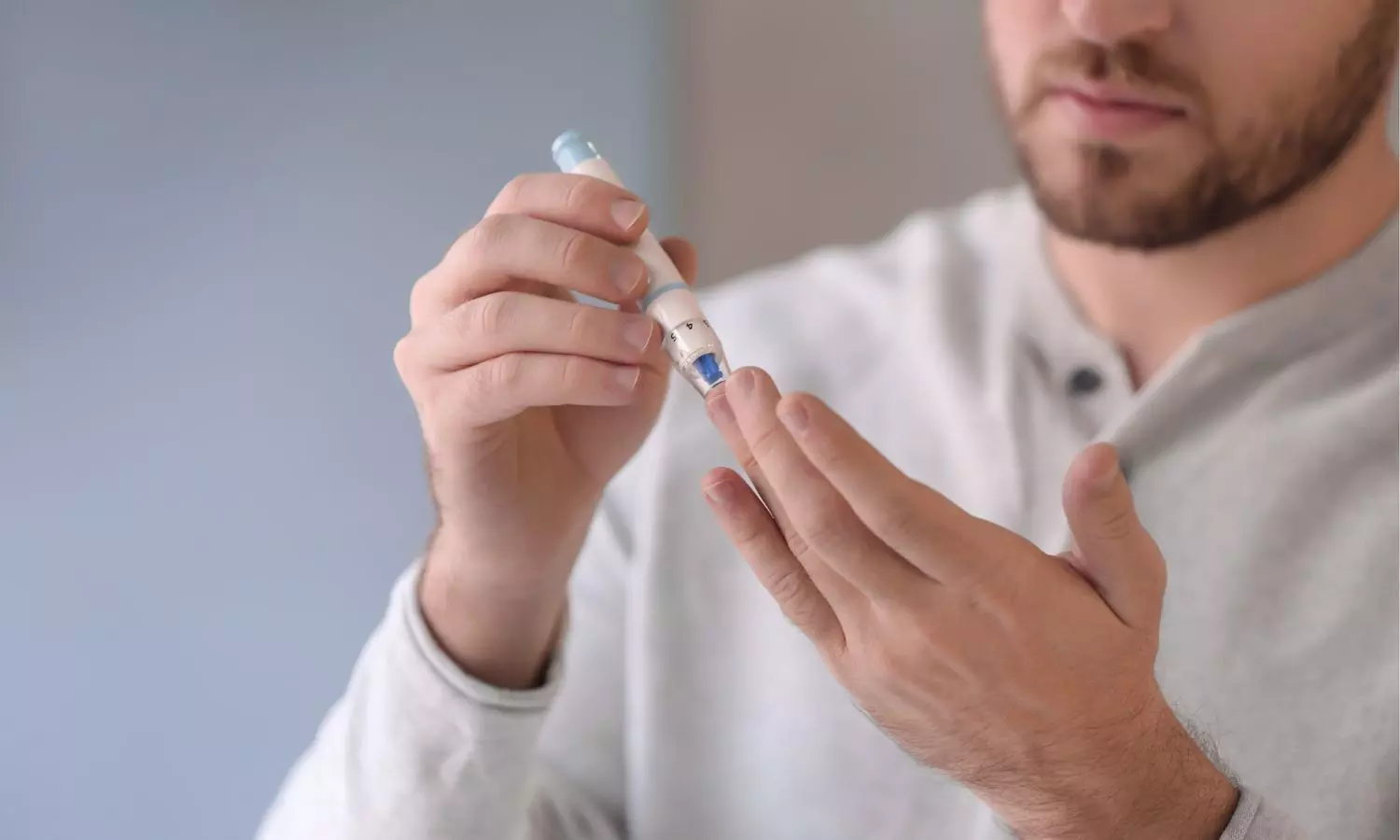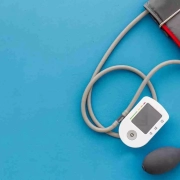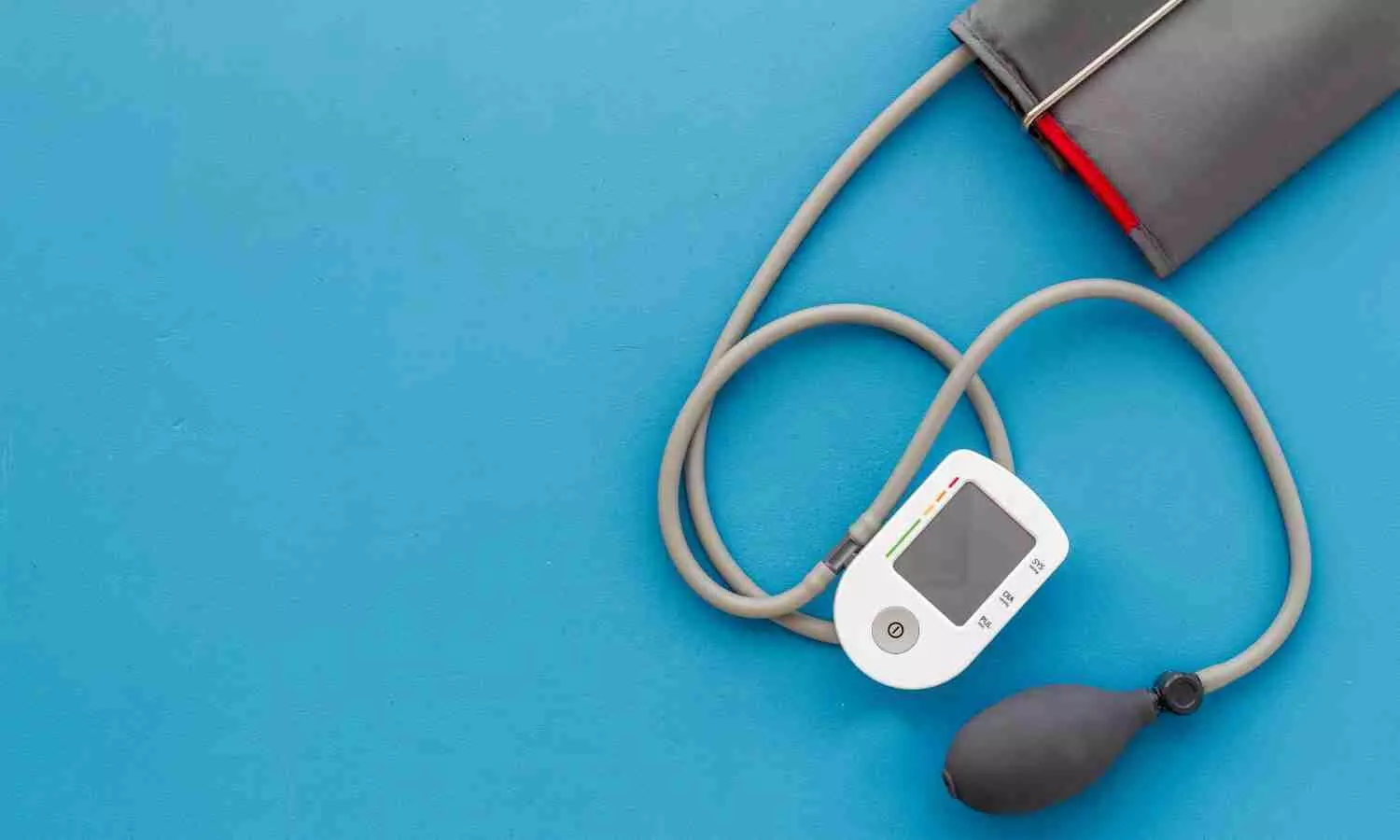UK: Systolic blood pressure variability (SBPV) is a strong predictor of cardiovascular (CV) outcomes, even in those with controlled systolic blood pressure (SBP), according to the ASCOT trial.
The findings, published in the European Heart Journal, highlight the importance of SBPV as an additional marker of CV risk and affirm the superiority of amlodipine versus atenolol on BP measurements and clinical outcomes. During the trial period, the long-term benefits of amlodipine-based treatment compared with atenolol-based treatment in reducing cardiovascular events appear to be primarily mediated by an effect on systolic BPV.
Based on the findings, the researchers suggest considering visit-to-visit systolic BPV as a new paradigm for risk assessment in hypertensive patients.
Previous studies have shown visit-to-visit BPV to be an important predictor of CV outcomes. However, there is no clarity on the long-term effect of a period of blood pressure control with differential BPV.
Ajay Gupta, William Harvey Research Institute, Queen Mary University of London, UK, and colleagues extended the Morbidity and mortality follow-up of UK participants in the Anglo-Scandinavian Cardiac Outcomes Trial-Blood Pressure-Lowering Arm for up to 21 years to determine the CV impact of mean SBP control and BPV during the trial, and amongst those allocated to atenolol- and amlodipine-based treatment.
The study included eight thousand five hundred and eighty hypertensive participants. 4305 were assigned to amlodipine ± perindopril-based and 4275 to atenolol ± diuretic-based treatment during the in-trial period of a median of 5.5 years and were followed for up to 21 years, using linked hospital and mortality records.
A subgroup of participants comprising 2156 patients was followed up to six years after the trial closure with a self-administered questionnaire and a clinic visit. In-trial mean systolic blood pressure and standard deviation of visit-to-visit SBP as a measure of BPV were measured using >100 000 BP measurements.
The risk hazard ratios (HRs)], associated with (i) mean with SBP and BPV during the in-trial period, for the CV endpoints occurring after the end of the trial and (ii) randomly assigned treatment to events following randomization, for the first occurrence of pre-specified CV outcomes were determined using Cox proportional hazard models.
The study led to the following findings:
- Using BP data from the in-trial period, in the post-trial period, although mean SBP was a predictor of CV outcomes (HR per 10 mmHg, 1.14), systolic BPV independent of mean SBP was a strong predictor of CV events (HR per 5 mmHg 1.22) and predicted events even in participants with well-controlled BP.
- During a 21-year follow-up, those on amlodipine-based compared with atenolol-based in-trial treatment had significantly reduced risk of total CV events [HR 0.93], stroke [HR 0.82], atrial fibrillation [HR 0.91], and total coronary events [HR 0.92], with weaker evidence of a difference in CV mortality [HR 0.91].
- There was no significant difference in the incidence of nonfatal myocardial infarction and heart failure, fatal coronary heart disease, and all-cause mortality.
Based on current guidelines, contemporary clinical practice, dictates that treatment decisions in hypertensive patients are determined by SBP and DBP levels. “Our studies, however, provide robust evidence that visit-to-visit BPV is a far more powerful determinant of CV outcome and that at least half of all CV events in our cohort occurred in those with controlled BP but high BPV,” the researchers wrote.
The study also confirms the long-term benefits of amlodipine-based treatment in lowering the risk of coronary events, stroke, and all CV events.
“Future studies will determine whether visit-to-visit systolic BPV should be a new target for therapeutic interventions,” the research team concluded.
Reference:
Gupta, A., Whiteley, W. N., Godec, T., Rostamian, S., Ariti, C., Mackay, J., Whitehouse, A., Janani, L., Poulter, N. R., Sever, P. S., Aldegather, J., Collier, D., Delles, C., Dyker, A., Eaton, M., Heller, S., Kristinsson, A., Lip, G., MacGregor, G., . . . Webster, J. Legacy benefits of blood pressure treatment on cardiovascular events are primarily mediated by improved blood pressure variability: The ASCOT trial. European Heart Journal. https://doi.org/10.1093/eurheartj/ehad814



